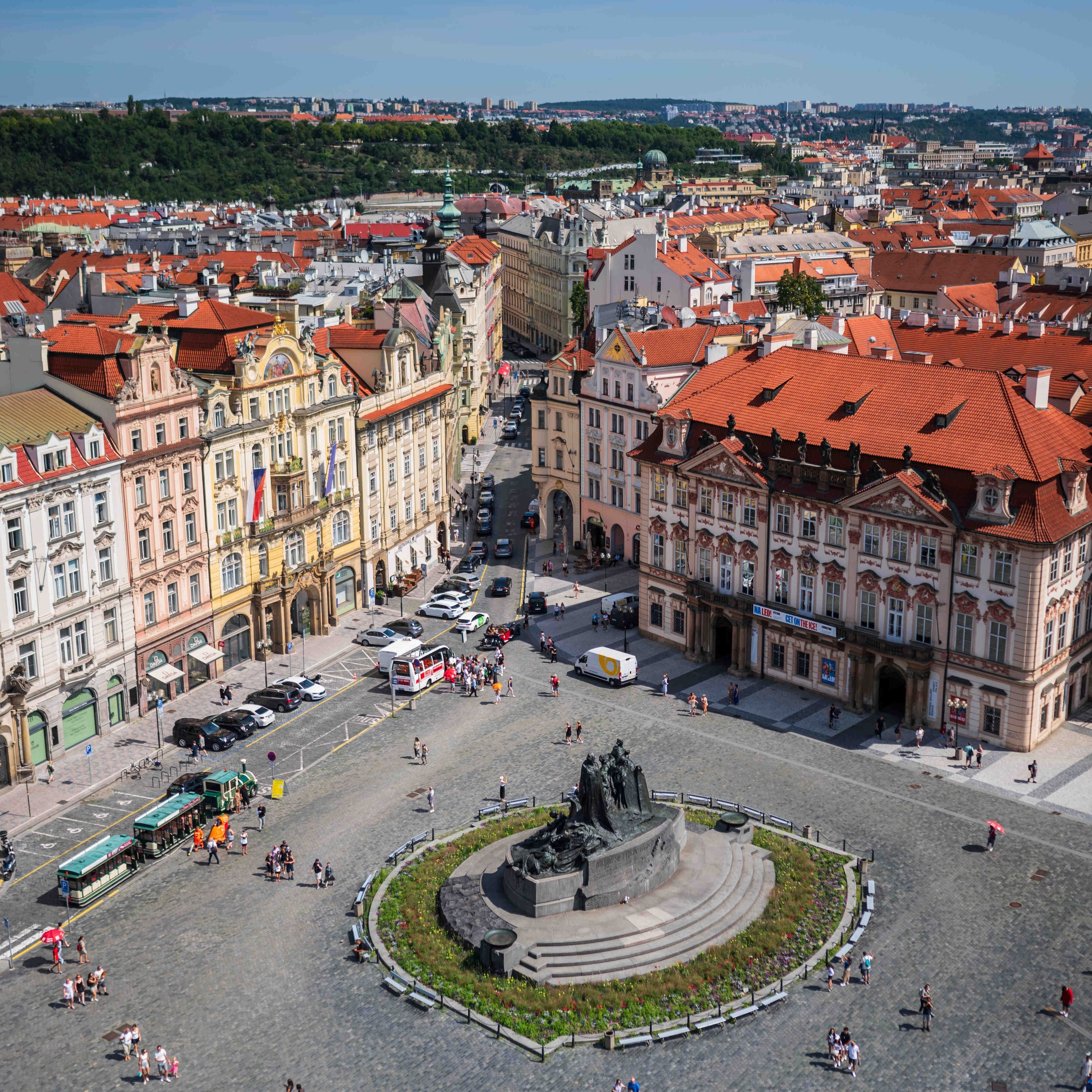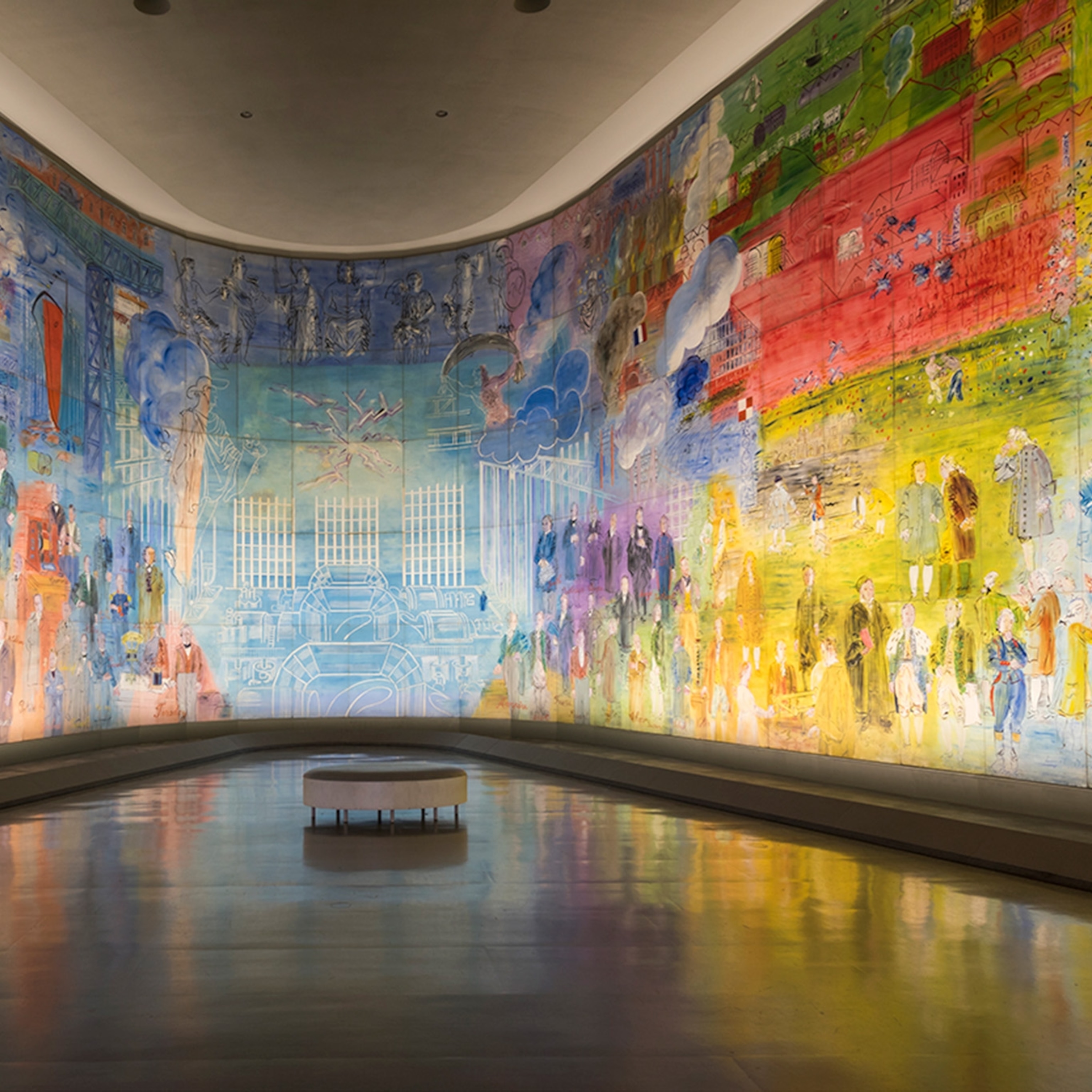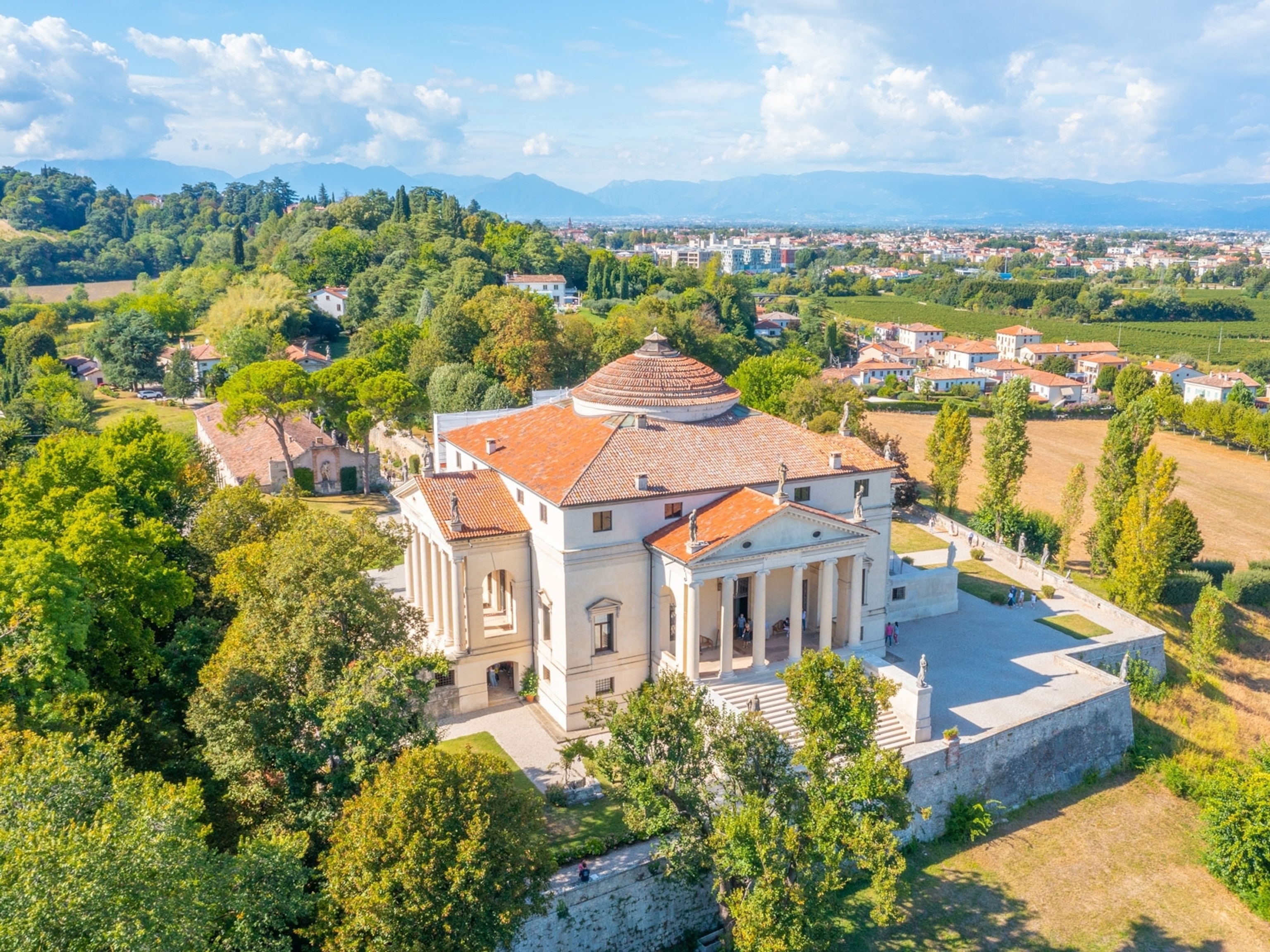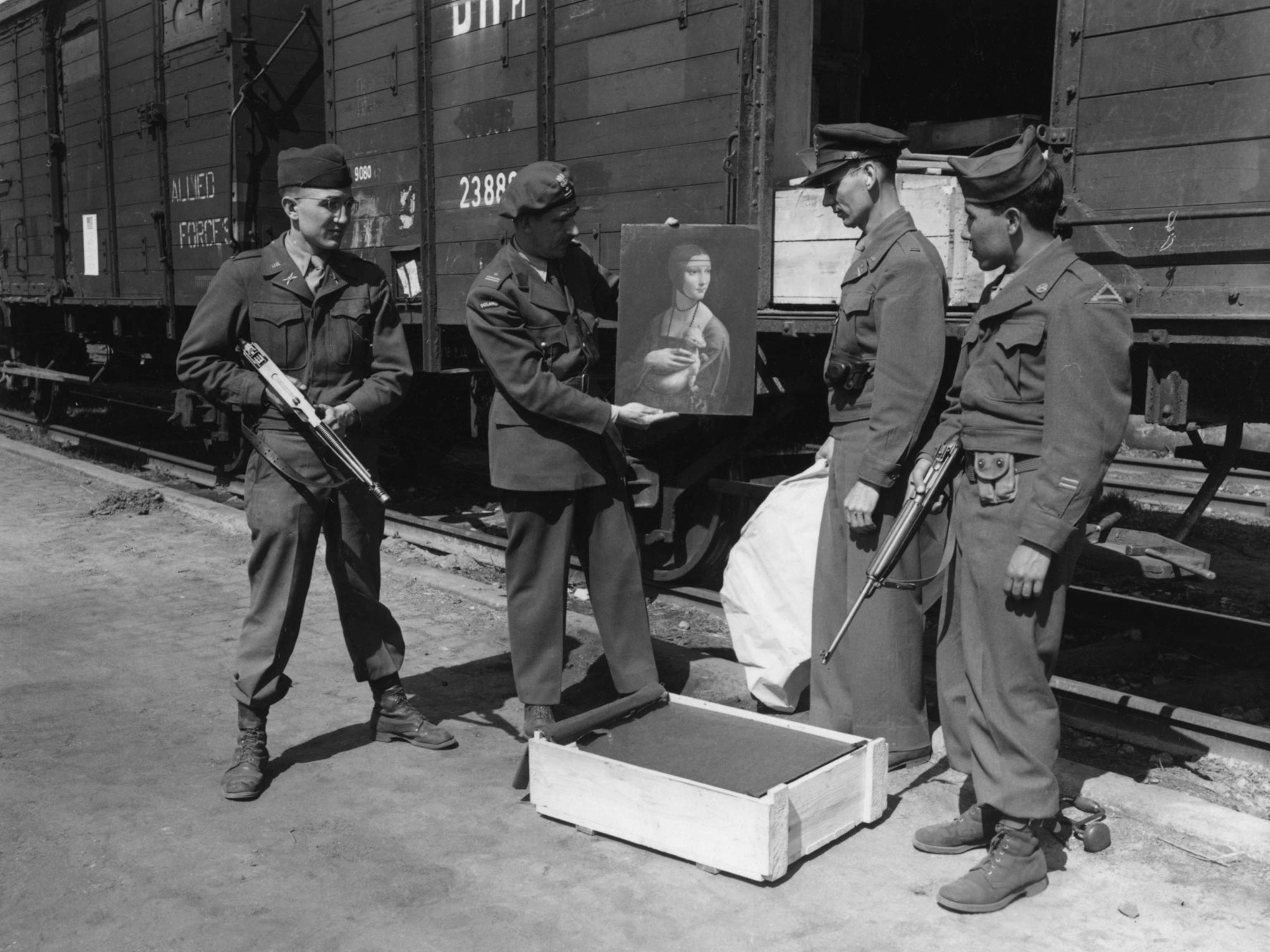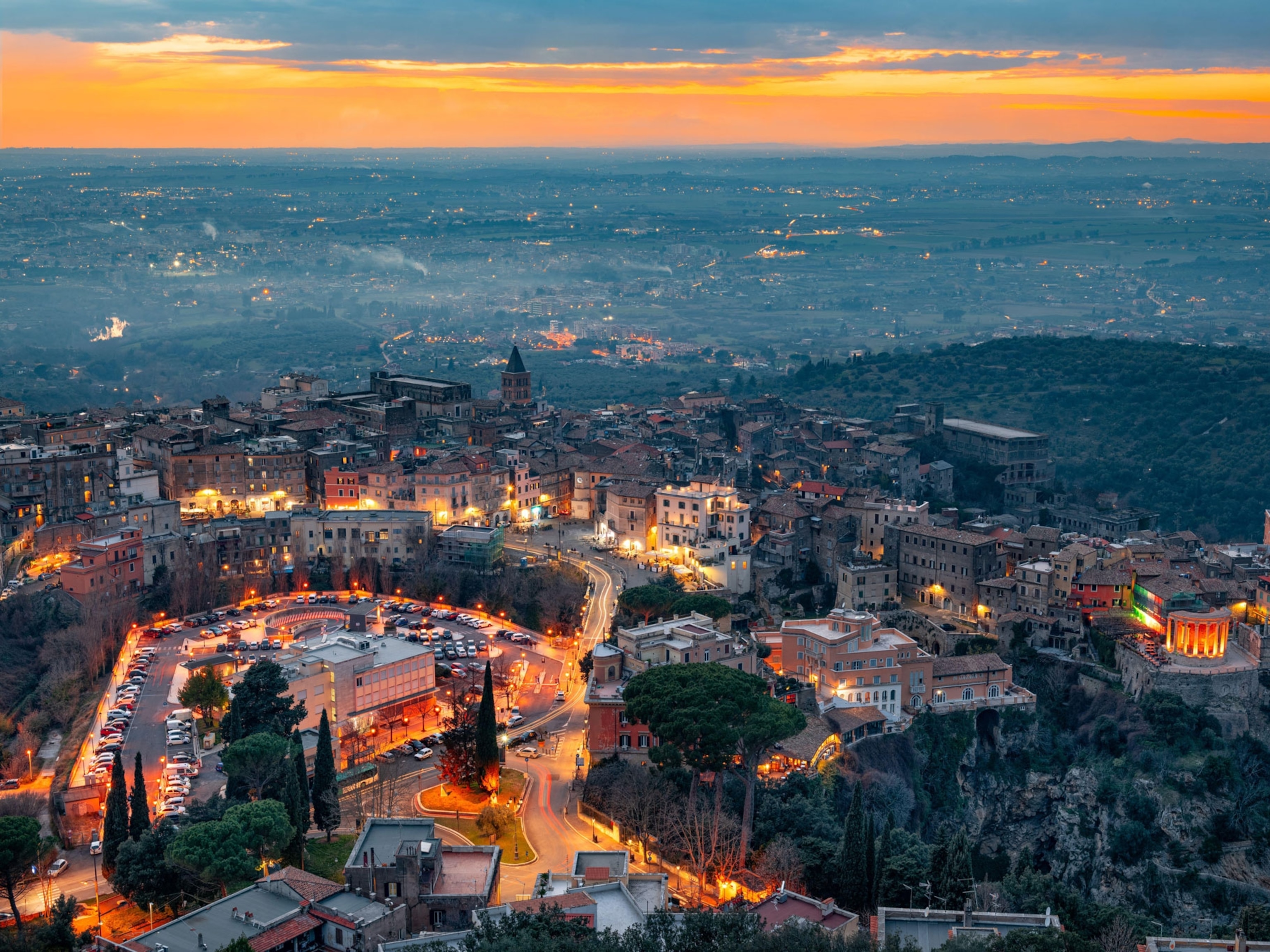
What it’s like to travel through time in Nat Geo’s archives
A writer’s journey through history highlights the importance of mindful travel.
In my career as a travel writer and editor, I’ve been to more than 90 countries and five continents, filing stories for publications around the world. But my latest assignment stops me in my tracks. I’ve been asked to spend a week in the windowless basement housing the photo archives at National Geographic’s Washington, D.C. headquarters.
It’s not the kind of assignment I’m used to. After I pondered it for a day, curiosity got the better of me. It would be like exploring an uncharted wilderness. In my mind it became a grand adventure: The Expedition to Archivia.
One of the keys to unlocking Archivia is knowing Bill Bonner. He presided over the photo collection for almost 34 years until his retirement in 2016. “We had nearly half a million black-and-white prints going back to the 1870s, about 12,000 illustrations, hand-tinted black-and-white prints, and one of the largest collections of autochromes in the world. It’s one of the biggest, most comprehensive records of the world anywhere,” he tells me.
These vintage photos show U.S. national parks when they were young.
I ask Bonner what he thinks about the archives’ significance. “I’m not a traveler, but I saw the whole world through these pictures. I saw so many people. And I traveled through time in a way. There’s something about it that made me sad. I found myself wanting to go there—and by ‘there’ I meant more in time than in place. To that very moment in the image. But that moment is gone. The archives is a sacred place for me.”
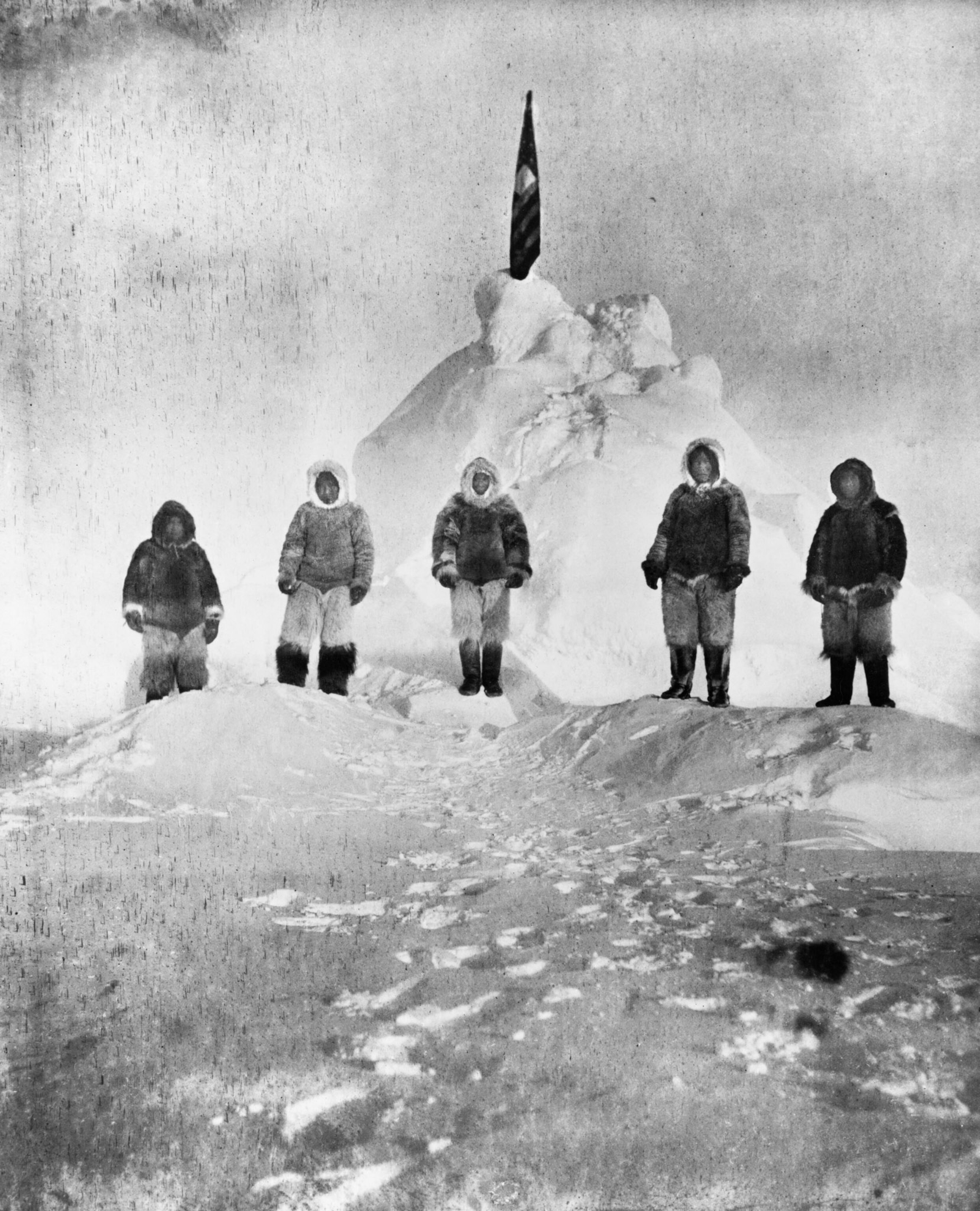
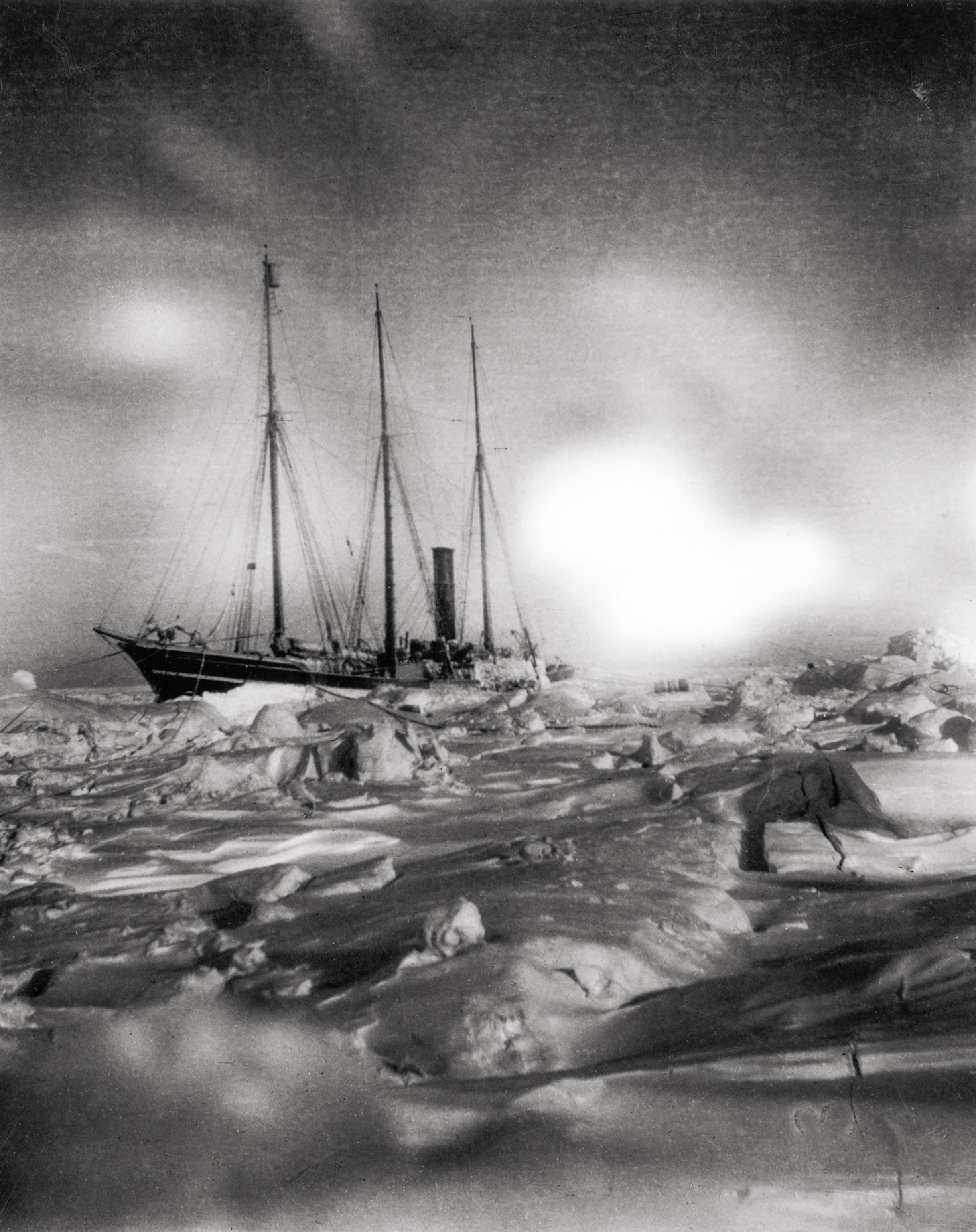
Soon after my conversation with Bonner, I step into that sacred place. An archivist welcomes me into a fluorescent-lit cellar, about 36 feet by 36 feet, filled with 14-foot-high accordion-style shelves stacked with folders and boxes. She hands me a pair of white cotton gloves. “Where do you want to go?”
Holding history
- National Geographic Expeditions
I start my journey at the North Pole with Robert Peary’s 1909 expedition, which National Geographic sponsored. An archivist hands me the photos, encased in the kinds of three-ring binders I used in high school, black-and-white snapshots carefully inserted into plastic sleeves. But what snapshots! A ship surrounded by icebergs, members of the crew in their fluffy, furry polar gear.
This is photography as scientific and historical record. These people were venturing where no one had gone before. Cradling the photos in my white-gloved hands, I feel a frisson. I’m holding history.

That feeling returns as I peruse photos of Papua New Guinea, taken in 1921 by Capt. Frank Hurley. A river of images seems to flow through my gloved hands: a gauntlet of indigenous men welcoming the photographer to their village (the eyebrow-raising caption reads: “Two rows of cannibals formed a narrow guard of honor, down which we passed.”); elaborately carved shields and layers of skulls; a warrior with a headdress of teeth and an oblong shell as big as his face attached to his lower lip; a woman with a fantastically feathered headdress, a broad neck plate, necklaces of teeth slung bandolier-style under her breasts, and an eight-inch-long stick pierced through her nasal septum.
While the world has evolved in its sensibilities, these are the images I remember from my childhood, when I plundered stacks of neatly piled yellow-framed magazines in my parents’ basement. It strikes me that Archivia is a metaphor for the basements around the world where stacks of yellow-bordered magazines sit like religious relics. I look at the photos in front of me and think of Bonner’s words. While not a perfect collection, these are living images. They capture and preserve pieces of the world’s mosaic.
Reminders of a changing world
Ever since I’d seen photographs, no doubt in National Geographic, of the colossal Buddha statues at Bamiyan, in Afghanistan, I had vowed to go there one day. Sadly, I never made it, and in 2001 the Taliban dynamited the ancient statues, obliterating them for eternity.
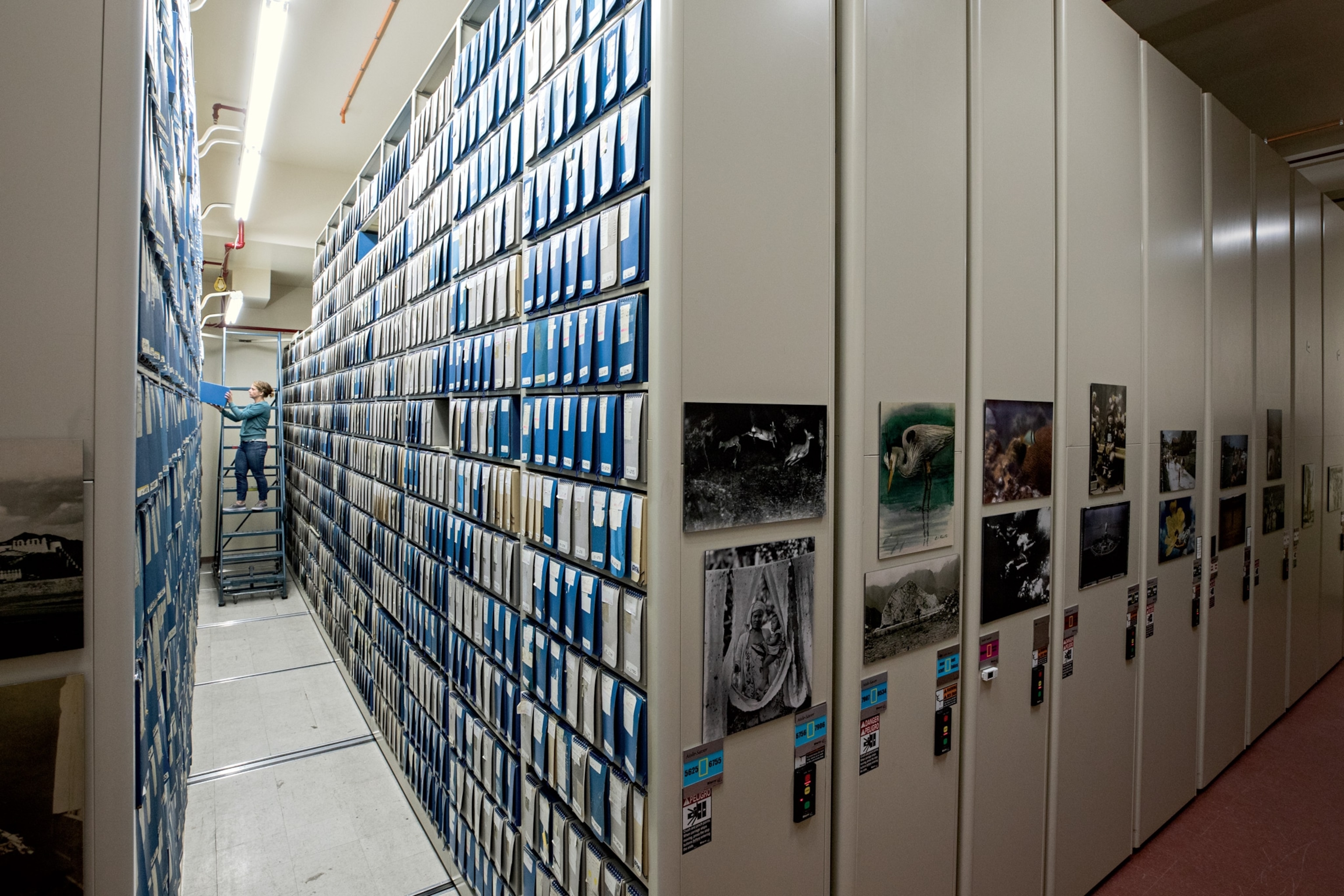
But not in Archivia. The archivist wheels the stairway into the stacks and descends with a bulging folder. There they are: the Buddhas of Bamiyan. They live again, and I transport myself to them, feel the sun, the dusty wind, hear the braying of donkeys in the foreground.
The next photo takes my breath away. It shows the 174-foot-tall main Buddha in its cliffside niche. A man stands at its base, barely as tall as its sandaled foot. It is astonishing to think of the size and scale of this statue carved so many centuries before. And it is staggering to contemplate its loss.
The next morning, I tell the archivist I want to go to Machu Picchu. She beckons me into the canyon between two towering stacks of shelves. I heft an antiquated leather-bound book and delicately open it. I behold Machu Picchu when it was a jumble of vines and trees and rocky ground, and then the same area a month later, with walls and windows and paths clearly visible.
I’ve walked these paths, traced these walls, imagined what it was like to be Hiram Bingham exploring this so-called “Lost City of the Incas” in 1911—and later, with funding from the National Geographic Society, documenting its treasures.
Read about Hiram Bingham’s Machu Picchu adventure in the April 1913 issue of National Geographic.
Then I come to a photo of the Intihuatana Stone, “the place where the sun is tied,” which the Inca used to measure the passage of time. I have stood at this exact spot. Goosebumps.
I think of the Intihuatana when the Inca first built it some 600 years ago, and then when it was overwhelmed by jungle, and then when Hiram Bingham was guided to it by an 11-year-old boy who knew the site well, and then when I stood there. I think of all the ambition, history, and belief concentrated in this place. The wind rustles the grasses around me. I sense a llama to my left, visitors scrambling over ruins to my right.
Somewhere I hear a voice calling. “Don! Don! It’s time to go home now.”
Lessons for the future
On my last day in Archivia I join the Apollo 11 moon mission, 50 years ago. As I gaze at the photo of Buzz Aldrin and the American flag on the lunar surface, I think about the future: Where are we headed?
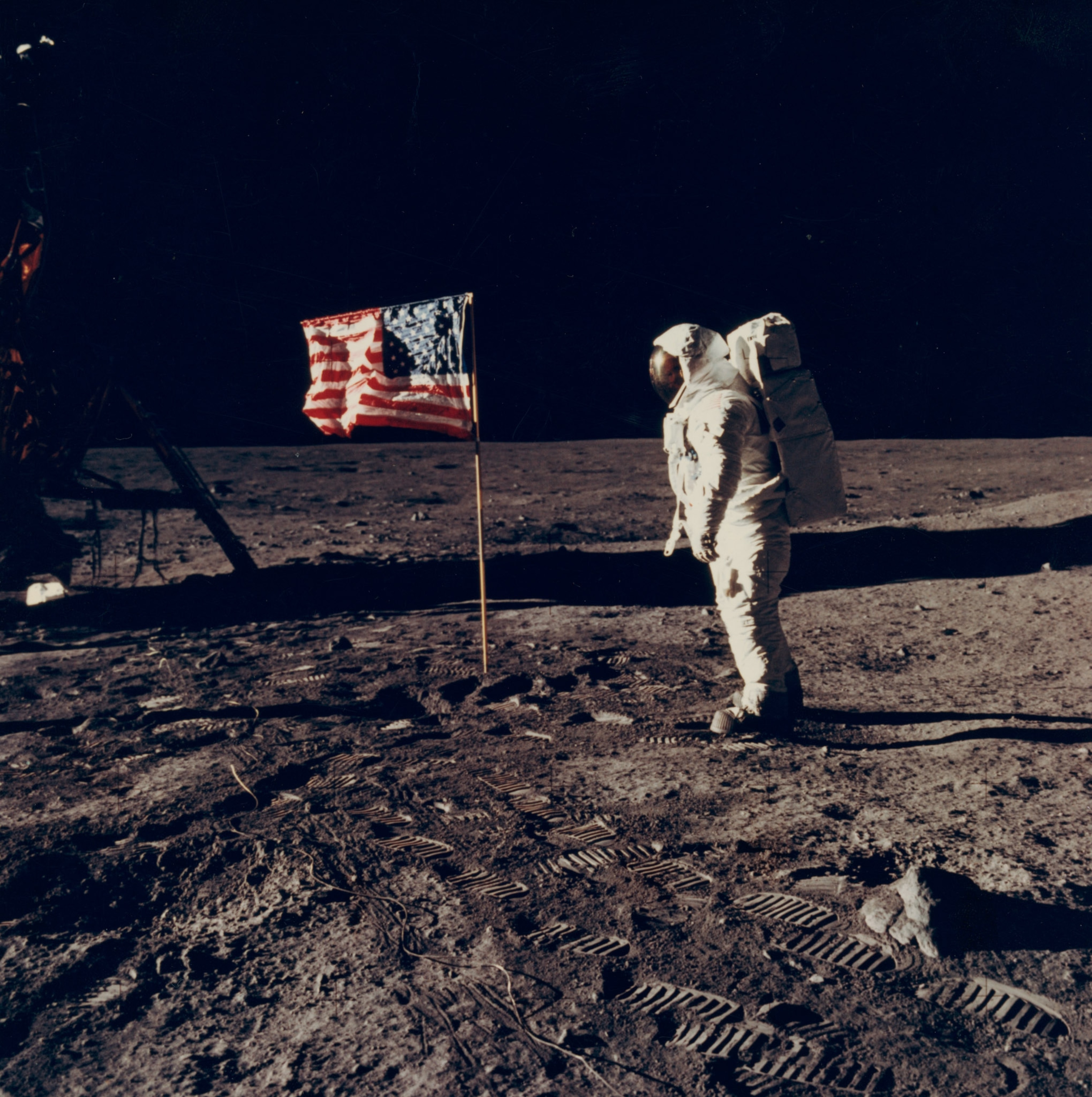
Relive the excitement of the Apollo 11 moon mission here.
Another photo catches my eye: Earth seen from outer space. Looking at our marble spinning in the immeasurable universe, I think about the journeys I’ve made in Archivia—the places I’ve been, the people I’ve met—and I think about Bill Bonner.
I realize that I’m feeling what he felt during those decades in this worldly basement: Archivia is a planetary photo album, a lovingly curated collection of moments that reveal how vast and fleeting and precious is this terrestrial sphere, our own sacred place. We can explore it with care or ignore it at our peril. The choice is ours. I choose to travel.
